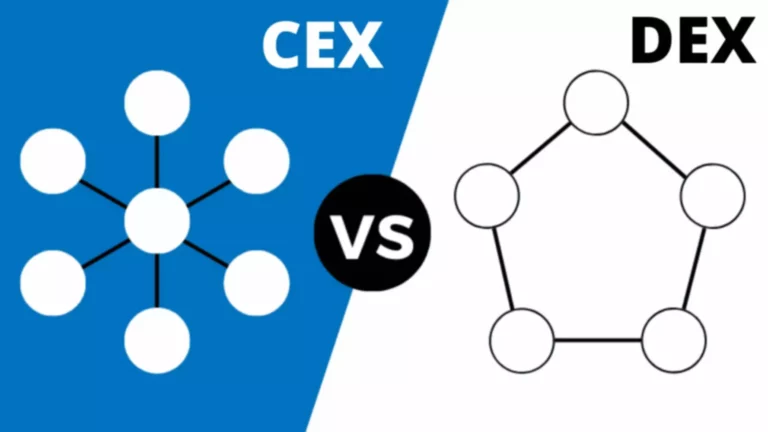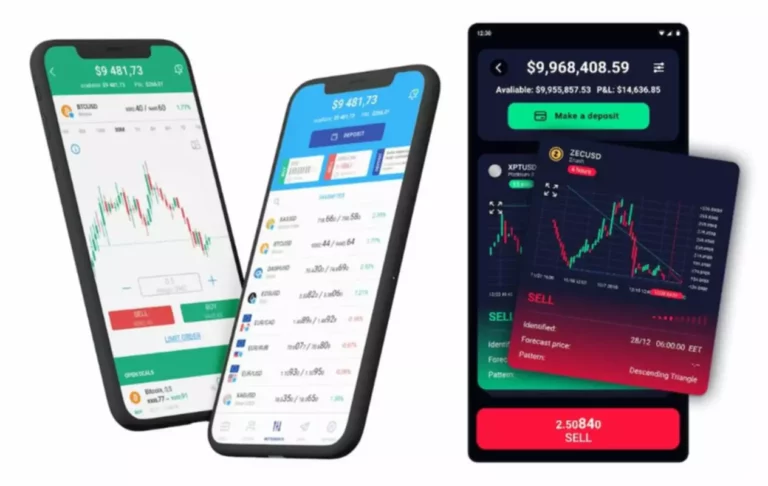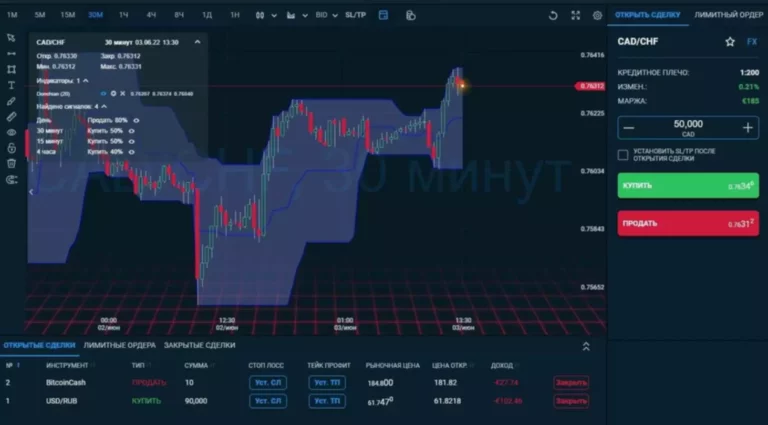What Is A Liquidity Pool In Cryptocurrency?
For a large portion of people on the planet, it’s not simple to obtain primary monetary instruments. Bank accounts, loans, insurance coverage, and comparable monetary merchandise is probably not accessible for varied reasons. You are now leaving the SoFi web site and coming into a third-party web site.

With interest rates at historic lows, some investors have begun trying beyond conventional merchandise like certificates of deposit (CDs), Treasury bonds for yield. There are multiple ways for a liquidity supplier to earn rewards for providing liquidity with LP tokens, together with yield farming. In conventional finance, liquidity is provided by buyers and sellers of an asset. A decentralized trade (DEX) without liquidity is equivalent to a plant with out water. For merchants, the advantages of elevated liquidity embody lowered slippage and sooner transactions. In illiquid markets, trades may be subject to slippage, the place an order can’t be stuffed at a single worth in its entirety.
Because of liquidity swimming pools, peer-to-peer trades can occur nearly immediately and without substantial slippage. They additionally remove the necessity for consumers and sellers to match their costs before a commerce can be executed. Yield farming permits additional incentivization strategies to motivate liquidity providers to lock tokens in sensible contracts of particular “incentivized pools”. As liquidity suppliers often distribute their funds to liquidity swimming pools with the highest yield, DeFi exchanges can management liquidity provision to some extent. In return for depositing their funds into the sensible contract, liquidity suppliers obtain a percentage of future trade fees and LP tokens.
Some DeFi platforms provide extra incentives for customers to lock up tokens within the pool. This may be carried out by providing extra tokens for particular “incentivized” pools. Being a participant in these swimming pools and getting as many LP tokens as attainable is named liquidity mining. This one change helped allow DeFi’s explosive development of during the last a number of years, as it gave decentralized exchanges a way to provide liquidity using crowdfunded pools and algorithms. Those who present liquidity sometimes obtain a quantity of LP tokens proportionate to the amount of funds they have given to the pool. Each time a commerce is facilitated using that pool, a portion of the trading payment is split up and given to those who maintain LP tokens.
Liquidity Swimming Pools Vs Yield Farming
A liquidity pool is a crowdsourced pool of cryptocurrencies or tokens locked in a wise contract that’s used to facilitate trades between the belongings on a decentralized exchange (DEX). Instead of counting on purchaser and vendor matching for transactions, crypto liquidity pools are based mostly on automated market makers (AMMs). Before automated market makers (AMMs) got here into play, crypto market liquidity was a challenge for DEXs on Ethereum. The extra belongings in a pool and the extra liquidity the pool has, the simpler buying and selling becomes on decentralized exchanges.

The benefits of algorithm-governed prices and liquidity have been confirmed over time. Learning how to verify these liquidity swimming pools is easy, as most of them are readily available on platforms’ websites. Before investing, make sure to examine a quantity of completely different swimming pools to search out the one that fits you finest. Liquidity pools what is crypto liquidity indirectly enhance market decentralization and monetary democratization. On the one hand, they allow retail buyers to trade with out the help of centralized third parties and traditional monetary entities. That results in higher inclusion since some merchants may not have entry to traditional markets whereas they only want an internet connection to hitch DEXs.
Liquidity Swimming Pools Explained: Simplifying Defi For Newbies
At some level, the invention of a liquidity pool was introduced, giving customers an incentive to offer liquidity and removing the want to match buyers with sellers utilizing an order book. This means it’s the middle level between what sellers are prepared to sell the asset for and the value at which patrons are keen to buy it. However, low liquidity can incur more slippage and the executed buying and selling worth can far exceed the original market order value, depending on the bid-ask spread for the asset at any given time. Any seasoned dealer in conventional or crypto markets can let you know about the potential downsides of coming into a market with little liquidity. Whether it’s a low cap cryptocurrency or penny inventory, slippage shall be a concern when attempting to enter — or exit — any trade. Slippage is the difference between the anticipated value of a trade and the worth at which it is executed.
Liquidity swimming pools provide incentives to traders in exchange for locking up tokens in the pool. Most often, incentives come in the form of buying and selling fees from the exchange that makes use of the pool. When someone offers liquidity to a pool, they may achieve a liquidity provider (LP) token for doing so. The tokens themselves could be priceless, but also produce other functions inside the decentralized finance (DeFi) ecosystem. Simply put, whereas each order books and liquidity pools are associated to liquidity, they characteristic utterly completely different mechanisms.
How To Participate In Liquidity Pools
Order books depend on market makers to offer liquidity and determine prices by way of trading. DeFi exchanges function pre-funded pools where asset prices are governed by algorithms. Thanks to a software program innovation referred to as automated market maker (AMM) algorithms, liquidity swimming pools maintain truthful market value for all their tokens routinely. For example, many DEX’s make use of a “constant product formula” to take care of token price ratios.

The liquidity pool aims to remove the issues of illiquid markets by giving incentives to its users and providing liquidity for a share of trading fees. Basic liquidity swimming pools sometimes involve two property, with liquidity suppliers (LPs) locking equal values of both belongings into the pool. In change for this service, LPs receive rewards within the form of buying and selling fees and governance tokens. Unlike traditional centralized exchanges that depend on order books, crypto liquidity pools employ a decentralized strategy to asset pricing.
What Is The Purpose Of A Liquidity Pool?
A major part of a liquidity pool are automated market makers (AMMs). An AMM is a protocol that makes use of liquidity pools to permit digital belongings to be traded in an automatic means somewhat than by way of a conventional market of buyers and sellers. The importance of liquidity swimming pools in the subject of decentralized finance cannot be understated.

DAI/ETH is an effective instance of a preferred liquidity pool on a DEX like Uniswap. Some platforms, like Yearn.finance, can automatically transfer user funds to completely different DeFi protocols in accordance with a user’s most popular risk tolerance and desired reward. That concludes today’s lesson on liquidity pools, that means you’re now able to go and start earning some passive earnings. Ultimately, order books exist in centralized environments and wish giant markets to function properly. Liquidity swimming pools are typically decentralized and automated, supply much less slippage, and could be more privacy-oriented since there’s no public ledger with open orders.
Incentivizing Participation In Crypto Liquidity Swimming Pools
Liquidity mining is how crypto exchange liquidity providers can optimize their LP token earnings on a specific market or platform. On the opposite hand, liquidity pools permit DeFi members to execute trades directly towards pooled belongings and not other merchants. Instead of prices being decided by provides from different customers, they’re regulated by sensible contracts within the type of automated market makers. With the automated, algorithmic buying and selling offered by crypto liquidity pools, buyers can have their trades executed instantly with minimal slippage if liquidity is enough. Buyers and sellers are matched instantly, eliminating spreads since there is not any order e-book.
To exit a crypto liquidity pool, suppliers can declare their asset contribution by burning their LP tokens. After burning their LP tokens, liquidity suppliers lose their right to earn shares of the pool’s buying and selling charges. A liquidity pool must be inbuilt such a method that rewards crypto liquidity providers who stake their assets in a pool. Hence, most liquidity suppliers earn trading charges and crypto rewards from the DEXs they provide liquidity for. When a user stakes their assets in a liquidity pool, such consumer is often rewarded with liquidity provider (LP) tokens. Crypto liquidity pools are crowdsourced funds of crypto cash and tokens locked in a sensible contract.
This system automates itself as a outcome of customers are incentivized to supply liquidity in exchange for rewards. A liquidity pool is a supply of cryptocurrencies or tokens locked in a wise contract in order to hold a decentralized change (DEX) liquid for trades to be executed. Liquidity swimming pools allow customers to pool their property in a DEX’s good contract to provide liquidity for traders to swap between currencies. Large pools have a decrease risk of slippage as they can accommodate larger transactions with out great adjustments in costs. DeFi exchanges therefore incentivize liquidity providers to lock more tokens in crypto liquidity swimming pools. In a trade, traders or traders can encounter a distinction between the expected price and the executed price.
That would result in slower orders and slower transactions, creating sad clients. As of January 2022, approximately 1.7 billion adults worldwide were estimated to be unbanked, based on data from the World Bank’s Global Findex database. In different words, close to one-quarter of the world’s inhabitants does not have an account with a monetary establishment.
Holders of PoS tokens cam elect to lock up some of their funds to help validate transactions on the network. In change, they get an opportunity to earn the following block reward of newly minted cash. A liquidity pool is an important https://www.xcritical.com/ component in DeFi buying and selling that allows users to trade, lend, and in any other case handle their property rapidly and efficiently.
Otváracie hodiny
Otváracie hodiny:
Pondelok – Piatok: 10:00 – 22:00
Sobota – Nedeľa: 11:00 – 22:00
Opening hours
Opening hours:
Monday – Friday: 10:00 to 22:00
Saturday – Sunday: 11:00 – 22:00
